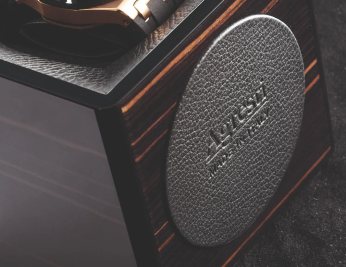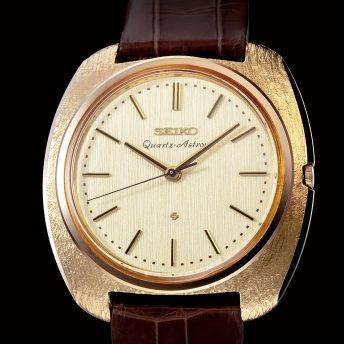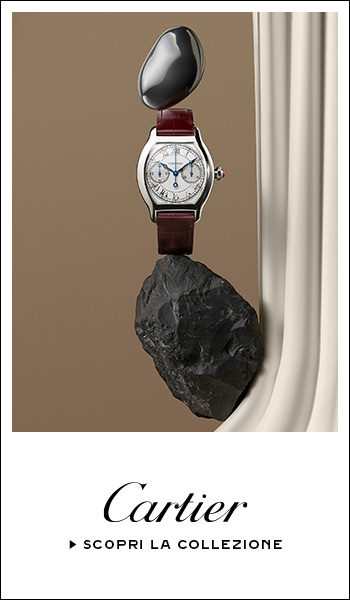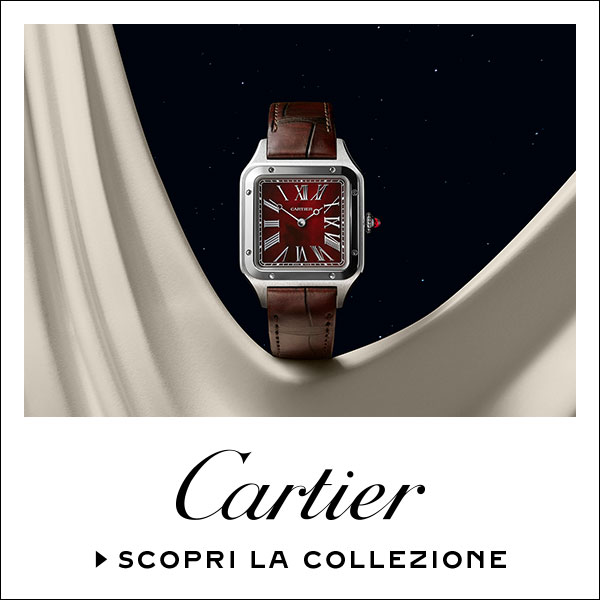Nowadays, finding real darkness is difficult also due to the strong light pollution of our environment, but in the past centuries the reality was different. Electricity was not that widespread and therefore there was a need for watches that would indicate the time even in difficult light or visibility conditions.
Since the beginning of the 20th century, the advantages and disadvantages of various chemical methods have shaped how luminous materials are applied to watches; yes because a watch shines in the dark thanks to luminous materials, more commonly called “lume”, which are typically found on the dial, on the hands and sometimes on the bezel.
We can divide the types of luminescence into two broad categories, self-produced luminescence and induced luminescence.
The first experiments: self-produced luminescence
The self-produced luminescence was, for most of the twentieth century, the preferred choice by manufacturers, its main feature, and its strong point, is that the watch does not need to be exposed to light to activate the luminescence; the light emission is determined by the interaction between the two components of the luminescent paste, a radionuclide and the scintillator.
Although at this point we could risk getting lost in the details of chemistry, it is enough to know that a radionuclide is a radioactive atom that, when decaying, emits energy in the form of radiation, while the scintillator receives the radiant energy from the radionuclide and converts it into visible light emission. .
The discovery of radioactivity by Marie and Pierre Curie started the use of self-produced luminescence, but it was the discovery of Radio in 1898, already known for its self-luminous properties, that opened up the application of these materials. luminescent in watchmaking. Guido Panerai, Italian pioneer in the field of optics and watches, was the first to patent, in 1914, a phosphor called “Radiomir”, in which the energy produced by the radioactive decay of radium bromide is stimulated by zinc sulphide , thus causing the fluorescent substance to glow permanently.
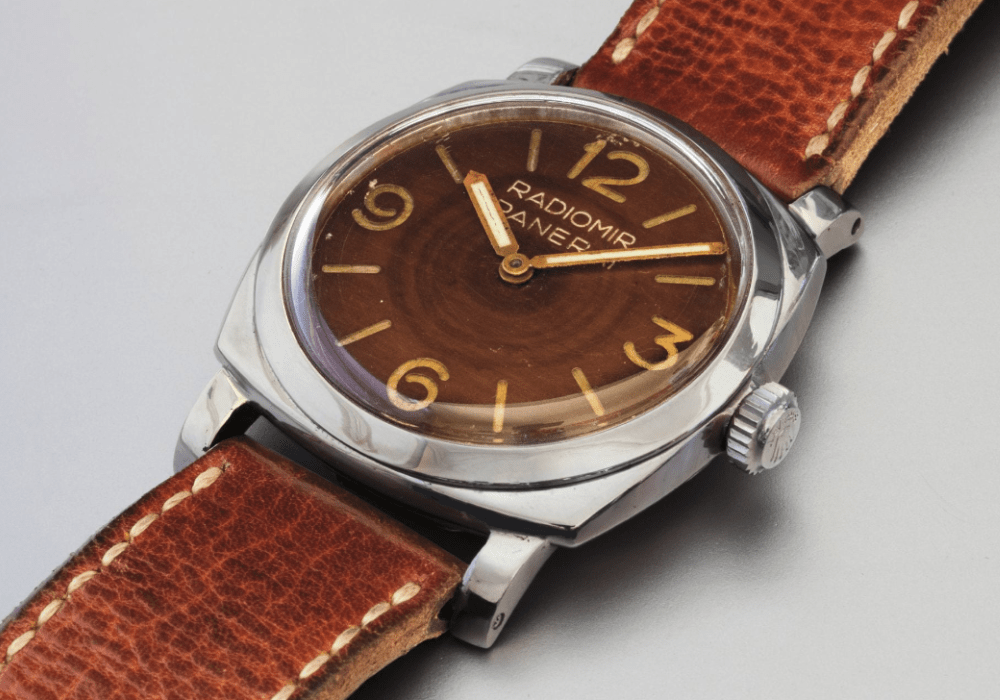
Radium is a highly radioactive chemical element with a half-life, that is the time required for the radioactive emission of a given quantity of material to be halved, of 1600 years. It was the First World War that helped to ensure a high demand for watches whose brightness was independent of light, such as the Panerai Radiomir supplied to the Italian Royal Navy until the Second World War.
The watches were relatively safe for the wearer, as the radiation emitted by radium into the air is only a few centimeters and is contained by the watch case itself. However, this did not apply to the workshop workers who worked on the open watch and in particular came into contact with the luminous material.
To give an idea of the harmful potential of the substance, just think that in the Thirties, the Radium Girls, the Radium Girls, working closely with the luminescent paste, licking the brushes with which they applied the paint to numbers and hands, to making them more pointed, they contracted serious illnesses that led to many of them to death. They were exposed to amounts of radium that no watch owner experiences simply by wearing it on their wrist, however, watches with radium luminescent paste remain dangerous. Suffice it to say that the Panerai Radiomir of the 1930s needed a “reclamation” before being exhibited in the museum of the manufacturer in Florence.
The introduction of induced luminescence
The natural consequence was that, starting from the sixties, a new substance was introduced, Tritium, a paste with induced luminescence. The induced luminescence paint does not have an autonomous source of energy, in fact it needs to receive a “charge” from the outside in the form of normal daylight; charge that gradually diminishes as it transforms into released luminescence. This phenomenon, called phosphorescence, has a maximum duration of five or six hours, a performance clearly lower than that guaranteed by the self-produced luminescence paste.
On the other hand, however, watches with Tritium luminescent paste are intrinsically safer since, compared to radium, this isotope is much less radioactive and decays in about ten years. Many collectors know that Rolex watches produced between the Sixties and the Eighties have the wording “T <25” on the dial, which stands for “Tritium, emissions below 25 milliCurie”, a value that the Swiss law, in 1962, establishes as safe for humans. The luminescent tint in vintage Tritium watches tends to change color over time, turning to intense yellow or ocher.
Luminova materials
A real paradigm shift took place in 2000, with the development of two innovative materials, Luminova and Superluminova, by a Swiss-Japanese joint venture; in this process the pigments are brought to a higher energy level, through contact with artificial or daylight light, the more complete the stimulation, the brighter the glare that follows.
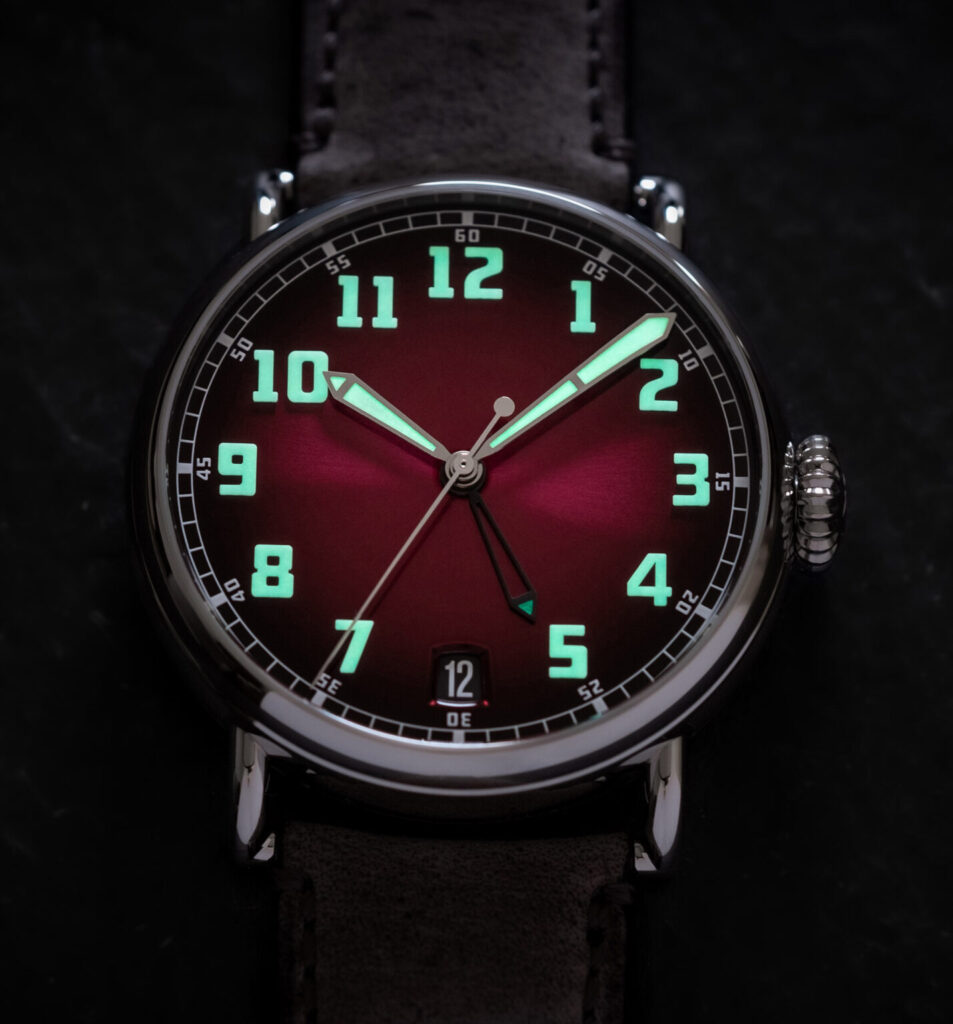
Unlike Tritium, which has a half-life of around 16 years, this effect is instead permanent with the Luminova or SuperLuminova coating. It is correct to specify that, being a charging and discharging process, the brightness decreases over time and must be recharged. The use of such photoluminescences has also prevailed due to the strict rules on the use and disposal of radioactive material, as well as for reasons of cost and safety.
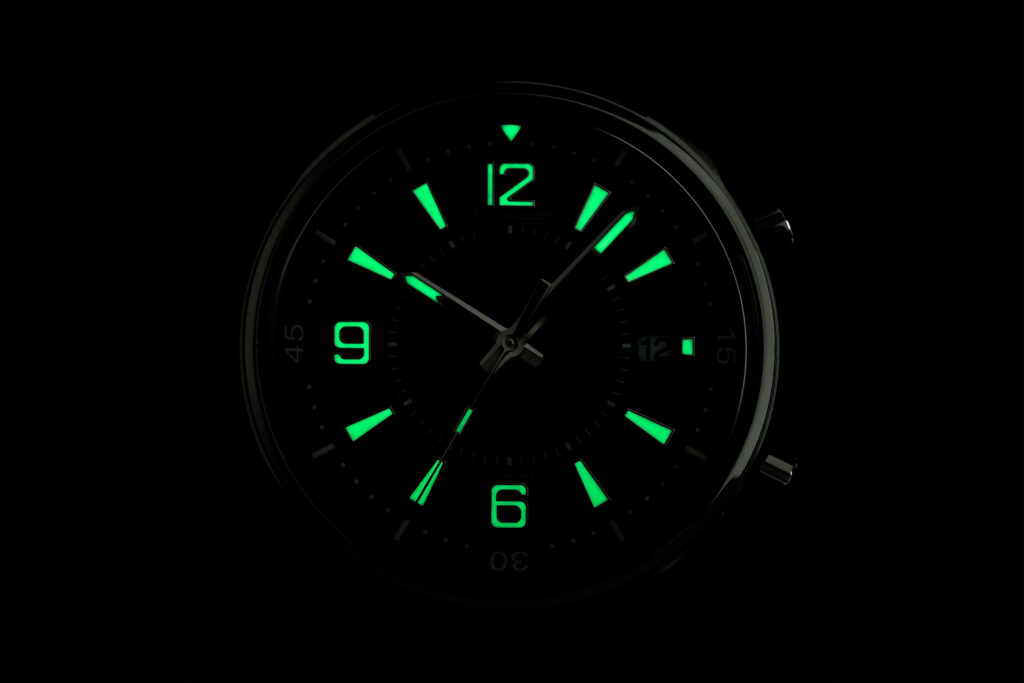
In the 1990s, the use of Tritium in watchmaking stopped completely. In 2008 Rolex took a new step forward in this matter, debuting with the Chromalight dial on the Deepsea Sea-Dweller; this time, instead of green, Rolex’s patented fluorescent compound emits a blue glow in the dark.
To create the Chromalight dial, Rolex started with an ultra-fine metal oxide powder, composed of aluminum, strontium, dysprosium and europium; its production requires an intricate and delicate process, aimed at obtaining the correct balance of materials.
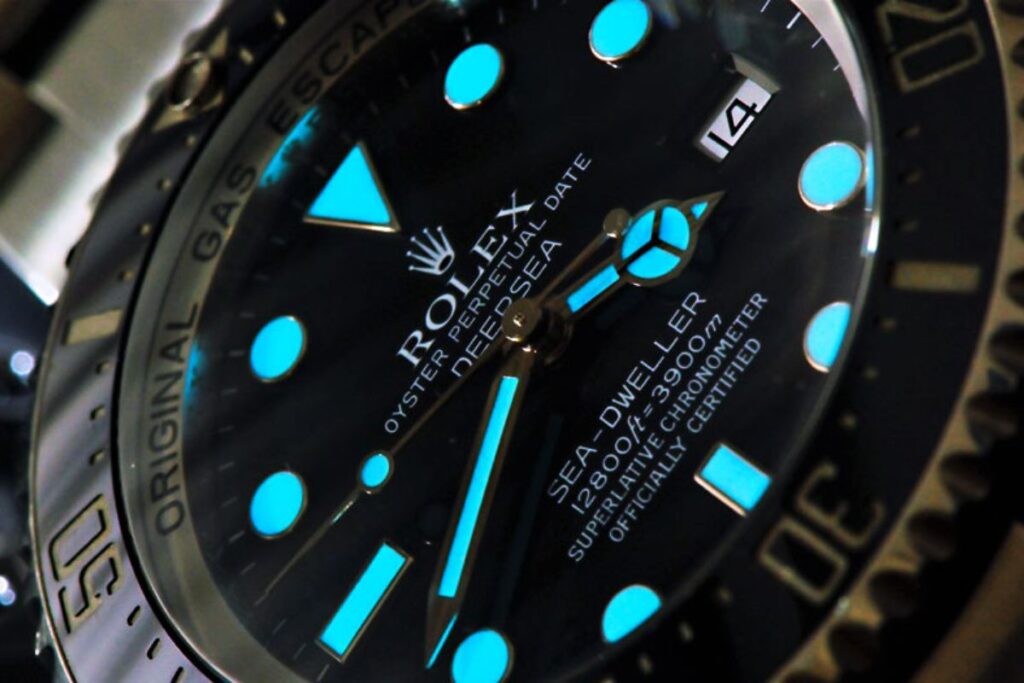
The mixture is then heated to form crystals, through a reaction that takes place at controlled high temperatures; at this point, the luminous material is in the form of a crystallized powder and, although it already glows in response to light, it is not in a form that allows it to be applied to the hands and indexes of a watch.
In order for it to be used to finish the tiny surfaces that make up the clock face, this luminous power must first be transformed into a liquid paint; it is then combined with a liquid resin before it can be applied to hands, indexes and any other detail that needs to glow in the dark. According to Rolex, the Chromalight can last up to eight hours, more than double the life of other luminescent materials.
Of course, an incredibly detailed application process and rigorous quality control are required to apply the exact amount to make sure all of the Chromalight glows properly and evenly.
Final take
In conclusion, even if the development and progress of Luminova, Super Luminova and finally Chromalight have found a way to use luminous materials that are harmless to humans on the dials, the discussions on the advantages and disadvantages compared to Tritium watches remain alive.
The rapid decrease in brightness of Luminova coatings, as well as the sensitivity of the material to moisture, remain the most important criticisms raised by many watch enthusiasts. On the contrary, Tritium has a long half-life, in which a consistently high level of continuous light is guaranteed. Furthermore, the application of the patina and the change of color, toning, of the indices is considered an added value of beauty, still appreciated by collectors today, also thanks to the decision of the maison, to no longer produce Tritium watches, the models of this period. they acquire a rarity value.
I confess that I myself own a Rolex Explorer II ref. 16570, with turned tritium dial, which I am wearing right now as I am writing and I must say that the cream colored indexes give a very pleasant and romantic feeling of warmth while reading the dial, a little cuddle.
